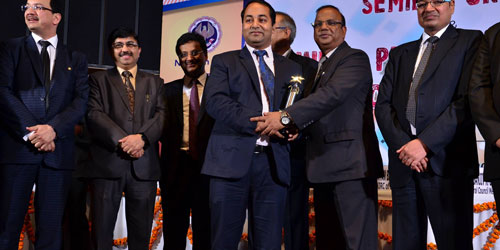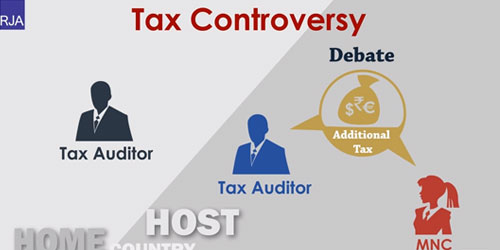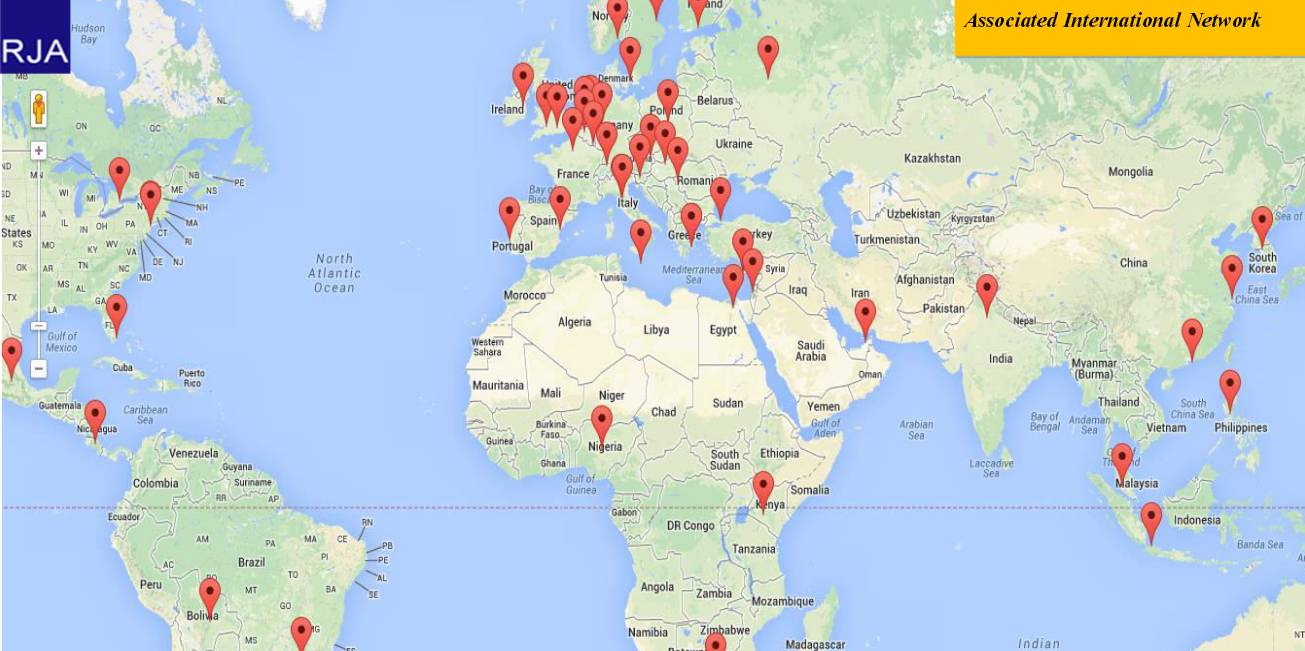GST Compliances
The complexities of indirect tax policy have improved with the introduction of GST. Corporations who have separate consolidated registrations under the service tax are now forced to have several registrations. While GST is a single levy, it calls for registration in every nation in which there is a perpetual establishment of a company in some manner. Because India is a territorial system of the state, it allows for a share of the tax of each State in the case of GST.
Need of Goods & Services Tax Enforcement Ability
Annual state Registration ensures numerous returns. There are three files each month for each application. Often, every month, there is a requirement to think about the cross matching of credits and the adjustment of returns accordingly. The expertise needed, particularly for organisations with a footprint in several states, for this kind of enforcement is far higher than that necessary by the former law.
GST Compliance Services
Rajput Jain & Associates has built expertise to handle complete indirect tax compliance life cycle. Beginning from collecting data from either the ERP framework, monitoring data from the GST standpoint, affirming the appropriate areas, informing on the reason for discrepancy, filing returns, and finally endorsing an upgrade to the ERP framework. This department also manages daily GST reimbursement applications in the case of export-oriented firms and appeals follow-ups. The organization's GST enforcement department frequently consults the client on a day-to-day basis on GST. Apart from this, the entire knowledge transfer is smoothly managed by the RJA team so as to make corporates assured about the regular GST compliance.

















